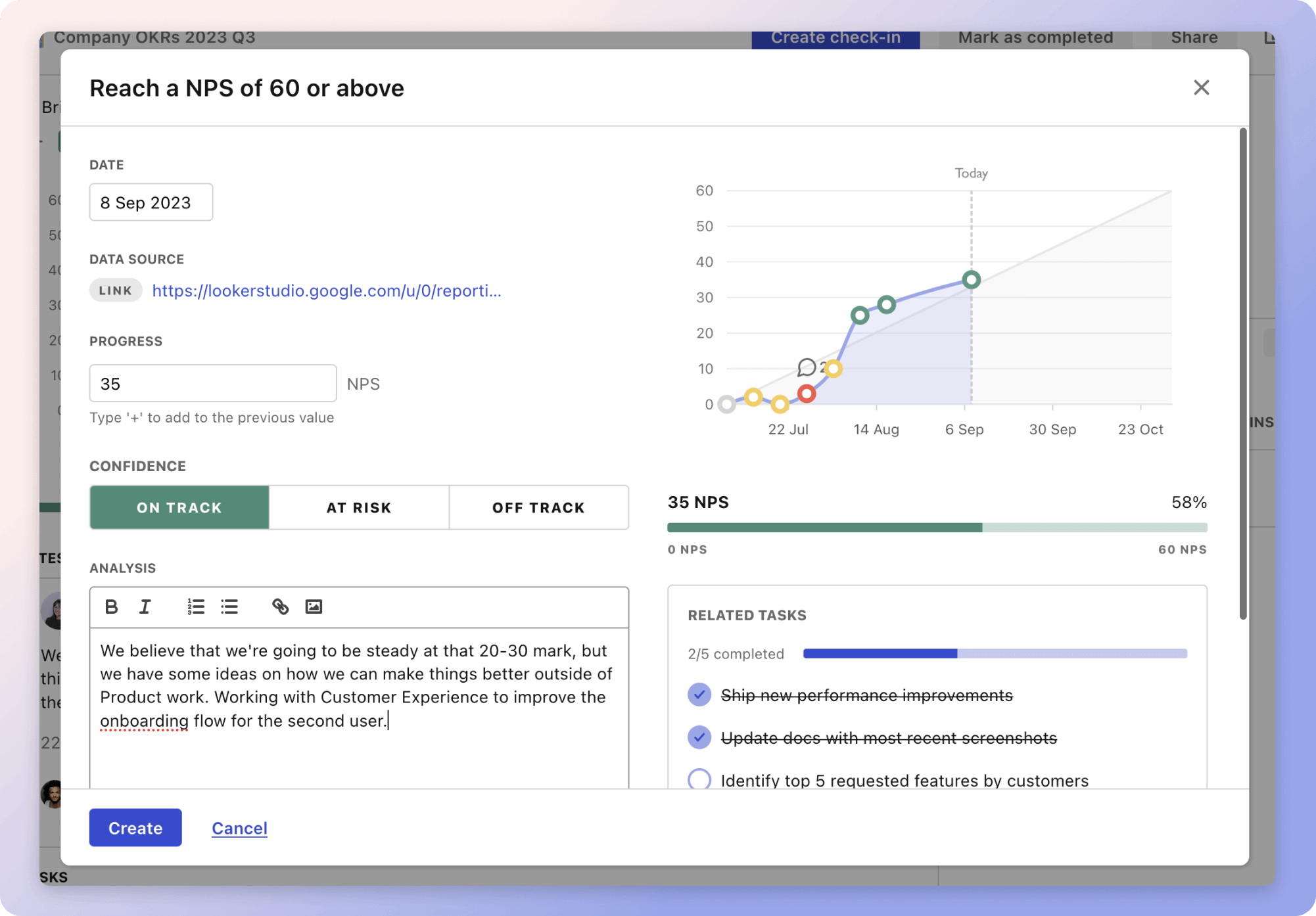The strategy "Becoming a Video Editor" is structured to guide aspiring editors toward proficiency and professionalism. The initial focus is on mastering the basics, which includes learning software such as Adobe Premiere Pro or Final Cut Pro. This involves completing online courses, using keyboard shortcuts, and practicing with short video projects. For instance, an editor might edit a vacation video, practicing cuts and transitions to enhance storytelling.
The second part emphasizes building a portfolio. Aspiring editors can create a variety of projects and offer services to local businesses to gain practical experience. Sharing work on Vimeo or YouTube boosts visibility, while a concise showreel highlights skills and unique style. Testimonials from clients can enhance credibility.
Finally, enhancing industry knowledge involves joining communities and attending workshops, keeping abreast of industry trends. Experimenting with advanced techniques and staying updated with software versions is crucial. Additionally, learning related skills such as sound design and color grading broadens an editor's capabilities, providing a well-rounded skill set.
The strategies
⛳️ Strategy 1: Master the basics
- Learn the fundamentals of video editing software like Adobe Premiere Pro or Final Cut Pro
- Complete online courses and tutorials to strengthen your understanding
- Utilise keyboard shortcuts to increase editing efficiency
- Practice by editing short video clips and setting personal projects
- Understand basic video formats and codecs
- Familiarise yourself with different types of cuts and transitions
- Study the theory behind editing, such as storytelling and pacing
- Develop an eye for continuity and attention to detail
- Maintain an organised workspace within your editing software
- Regularly review and self-critique your work for improvement
⛳️ Strategy 2: Build a portfolio
- Create a range of projects to showcase different editing styles
- Offer to work on real projects for local businesses or events for free or a reduced fee
- Edit a diverse range of video types, such as interviews, short films, and advertisements
- Update your portfolio regularly with new work to showcase your development
- Use platforms like Vimeo or YouTube to share your work with a wider audience
- Include a showreel that highlights your best work in a concise manner
- Obtain testimonials or feedback from clients you have worked with
- Highlight your unique style or specialty in your portfolio
- Ensure your work reflects current trends in video editing
- Network with other creatives to find collaborative opportunities
⛳️ Strategy 3: Enhance industry knowledge and skills
- Join communities and forums for video editors to learn from peers
- Attend workshops and seminars to keep up with industry trends
- Follow influencers and professional video editors on social media
- Experiment with advanced editing techniques and effects
- Upgrade your editing software to the latest version and learn new features
- Stay informed about new hardware technologies that can enhance your work
- Read books or watch documentaries about the film and video production industry
- Understand sound design basics as it complements video editing
- Learn colour correction and grading to improve visual quality
- Set personal yearly goals to stay on track with learning and development
Bringing accountability to your strategy
It's one thing to have a plan, it's another to stick to it. We hope that the examples above will help you get started with your own strategy, but we also know that it's easy to get lost in the day-to-day effort.
That's why we built Tability: to help you track your progress, keep your team aligned, and make sure you're always moving in the right direction.

Give it a try and see how it can help you bring accountability to your strategy.
